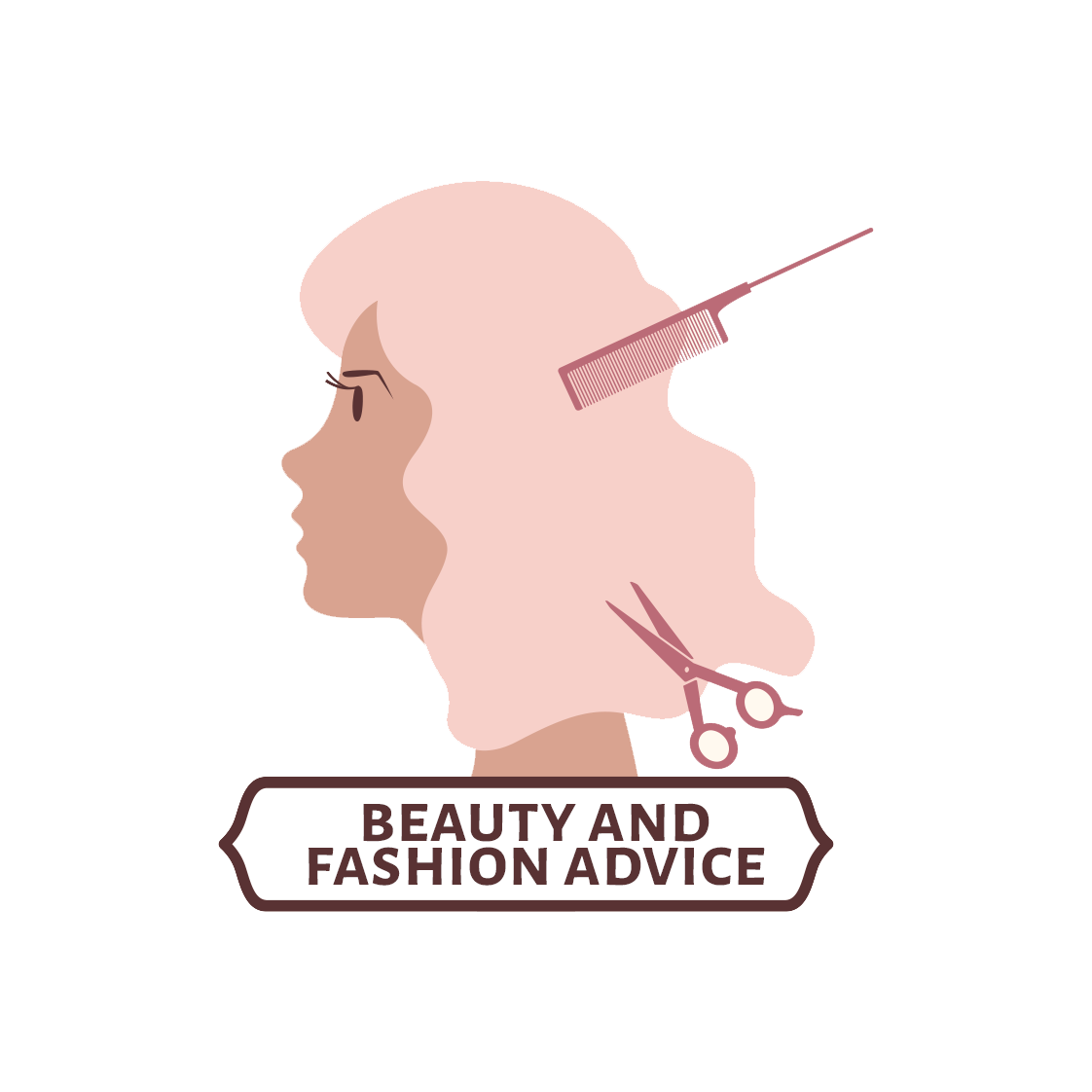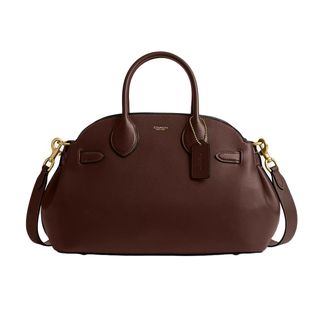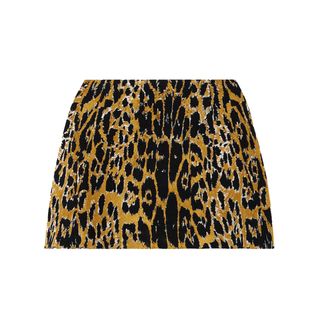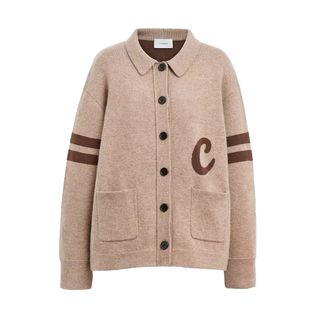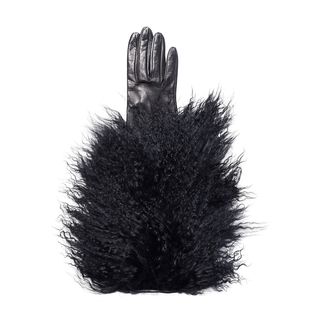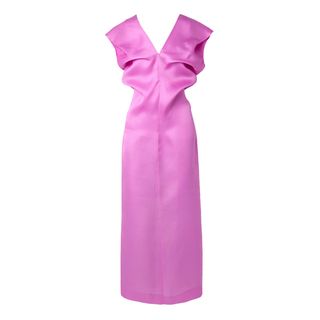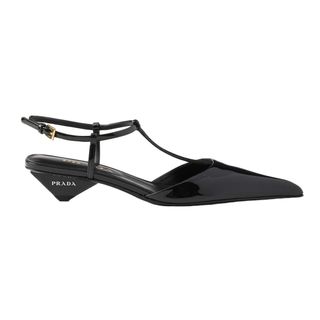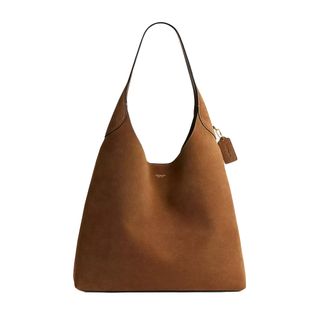It’s been years—some might even say decades—since pop music had the kind of heyday that it’s experiencing right now. Brat, “Espresso,” and pretty much everything Chappell Roan has put out have contributed to the genre’s highest high since the likes of Britney Spears, Destiny’s Child, and Christina Aguilera dominated in the early 2000s. Gracie Abrams, one of 2024’s most talked-about and listened-to new artists, knows exactly why. “There’s something energetically that feels really supercharged right now about being a fan of music,” she says. “It’s been so overwhelmingly female dominated, and that’s something we all crave in this space.”
Two days after she was partying alongside some of those very women, including Billie Eilish, Sabrina Carpenter, and Rosalía, at Charli XCX’s star-studded birthday party in Los Angeles, I caught up with Abrams in a very different environment: her living room floor. With her dog, Weenie, sat on her lap and wearing a perfectly patinaed gold football tee, Abrams locked in to our 90-minute conversation all about the 24-year-old’s life and career thus far, mulling over everything from therapy to female friendships and how both played a role in her latest album, The Secret of Us.
Abrams grew up not far from where she lives now on the Westside of Los Angeles. Her father, mega filmmaker J.J. Abrams, co-created shows such as Felicity and Lost and directed Star Wars: The Force Awakens, among several other big-ticket projects. Her mom, Katie McGrath, is a former political aide and the current co-CEO of Bad Robot, where she makes on-screen magic happen alongside her husband. There was no shortage of creative energy in the Abrams home, but as it would turn out, an outside source is largely responsible for catalyzing Abrams’s music career.
In the third grade, Abrams’s teacher asked her students to keep a journal, checking nothing but the dates to ensure they were consistent with their writing. “I owe Amy a lot for that,” Abrams says, referring to the educator. “[Journaling has] never not been my number one companion in everything since then.” One fateful day when she’d lost her journal and needed somewhere to vent, she ventured over to the small drum set and piano in her childhood home. “I was really angry and felt kind of like the world was ending, and the drums felt, for some reason, like the natural outlet,” she recalls. “That was the first time I remember writing or singing a terrible melody over an instrument and feeling better after the fact.”
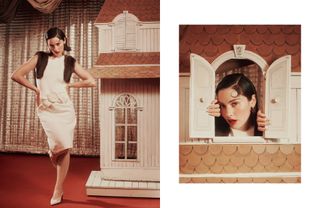
According to Abrams, the beauty of making music was how solo of an experience it was. “I loved it because I didn’t need to talk to anybody about it,” she says. For her, having something at such a young age that didn’t depend on the help of anyone else was freeing. When SoundCloud and later Instagram came around, she started posting the quiet songs she’d written and recorded in the comfort of her room, whispering so that no one outside could hear. “Funnily enough, that fully made its way into my sound,” she says of her soft-spoken vocals. “My formative creative processes were so silent that, when I think about the songs I was writing, I’m like, ‘Well, of course, I never tried to write an anthem.'”
She couldn’t sing in her room forever, especially not after her music began taking off online. Adamant about going to college, she attended Barnard College in Manhattan for a year before releasing music in any official capacity. While there, she realized for the first time just how far the internet’s reach was. “I was like, ‘Oh, more people than who I [went] to high school with know that I even exist,'” she remembers. After her freshman year, she decided to focus her energy on music, signing a recording contract with Interscope Records. In July 2020, her debut EP, Minor, was released. A second EP, This Is What It Feels Like, arrived in November 2021 and earned her an opening spot alongside Holly Humberstone, Baby Queen, and Chappell Roan on Olivia Rodrigo’s Sour Tour.
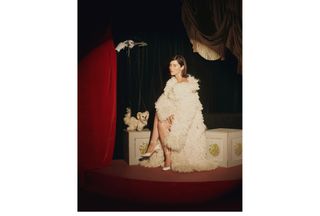
After putting in the work with one of Taylor Swift’s regular collaborators, songwriter and producer Aaron Dessner, Abrams released her debut studio album, Good Riddance, in February 2023.
Since the release of Good Riddance, a lot has changed, both in Abrams’s life and music. When we meet, she’s nearing the end of her longest break since she set off on the Good Riddance Tour back in March 2023. Midway through the 44-show run, she joined Swift as one of the opening acts on her record-breaking Eras Tour, performing at most of the U.S. shows alongside other female pop artists such as Haim and Phoebe Bridgers.
It was a transformative moment for the artist. Before touring, Abrams had a debilitating fear of performing onstage in front of an audience. “I avoided it at all costs,” she says. As soon as she did it for the first time, it was like a light switch turned on. “That rewired a huge chunk of my brain—not just in terms of performing and stage fright and that kind of shit but in my life,” she says. “I told myself that I knew I would hate performing. I knew I would be uncomfortable every second that I was onstage, and I didn’t end up feeling that way at all.” In a surprising turn of events, Abrams says, “it was really lovely to be wrong.”
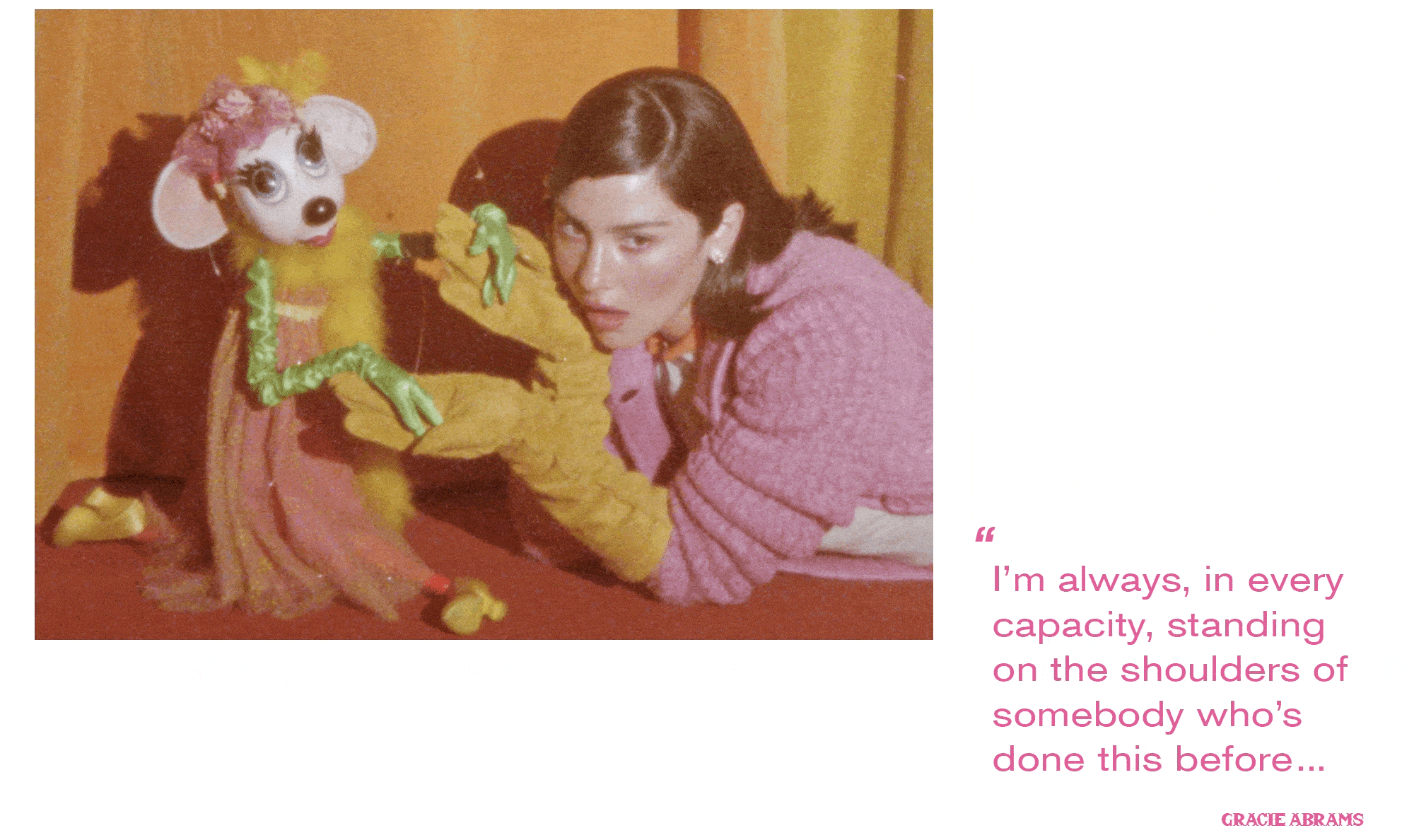
Now, touring is one of the best parts of her job, and after watching what Swift can do on such a massive stage, she set a goal for herself to write music that felt deserving of sharing that same spotlight. “I was reading my journal from a year ago, and [all] I wanted [was] to make songs that I felt would fill the space differently,” she says. “It always felt funny to me—the concept of playing Good Riddance on a stage like that—because it was the opposite headspace from where I made it.”
So she got to work.
Abrams spent any off time she had during the two tours writing alongside her best friend, roommate, and collaborator Audrey Hobert in an attempt to make an album that was befitting of her second-leg opening slot for the Eras Tour, which kicks off this October. The result was her second studio album, The Secret of Us, released earlier this summer.
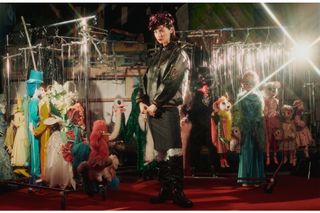
Comparing Good Riddance to The Secret of Us, the differences are identifiable right out of the gate. “Felt Good About You,” the first track on The Secret of Us, is exactly the type of song you’d want to passionately sing along to in a stadium filled with 90,000 other just-as-frustrated young women who’ve felt betrayed by someone they had high hopes for. The second song, “Risk,” is just the 20-something-female anthem Abrams wouldn’t have tried writing years ago but did so masterfully for this album. Don’t get me started on “Close to You,” a song Abrams first wrote and released a clip of seven years prior to The Story of Us‘s release that’s currently going viral on TikTok with over 50,000 videos linked to the track.
What makes The Secret of Us so relatable and fun to belt out loud is how honest it is, something that Abrams credits to Hobert pushing her every step of the way. “It feels like writing alone but as if there was your clone in every capacity being like, ‘No, actually be honest about that,’ or ‘No—actually, we can do better than that,'” she says of writing with her best friend. “She is inside my brain a ton of the time.” It was a relief for Abrams to have someone be so transparent and straight up with her. “The goal is to write songs that feel conversational but also serious while not taking ourselves too seriously,” she says. For Abrams, writing about unrequited love with the help of someone who can first allow you to be as dramatic as you want and then assist you in healing was the pleasure of a lifetime. Rather than keeping her emotions bottled up, they all come out in the record’s 13 tracks. “So much of the vocal performance and the production around this album was just louder because I felt like the feelings required it,” she says. Gone are the whispers that fans will recognize from her previous discography. “I wanted to scream all the time, so it was a relief to get to the recording process,” she adds.
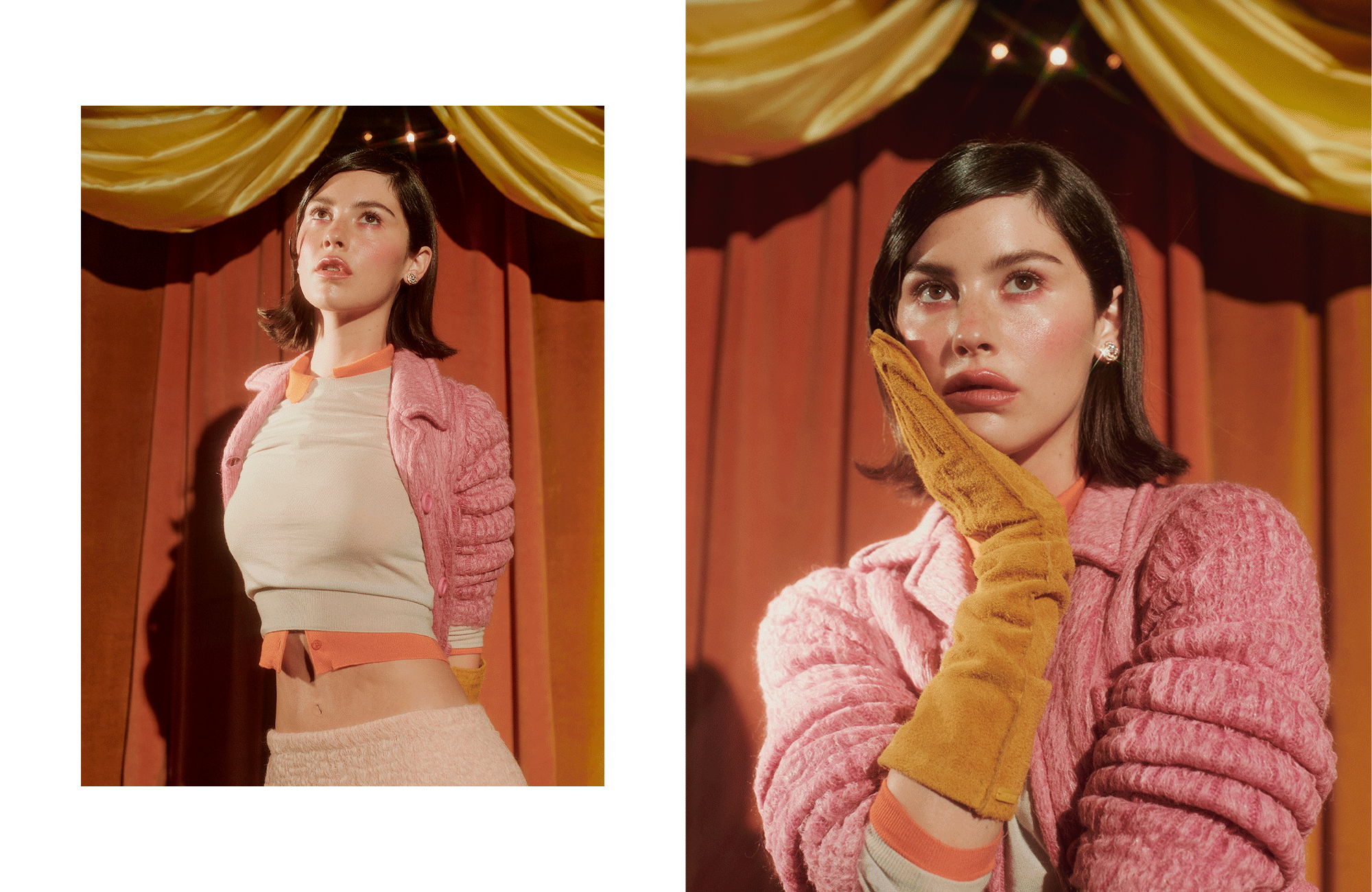
The Secret of Us also includes a track co-written with Swift called “Us,” which the duo wrote one night following a dinner spent disclosing the experiences that inspired their respective albums. They went back to Swift’s house and performed what they had so far to each other before diving into the music Dessner, their shared collaborator, had sent over. “Us” was the result. Abrams and Swift debuted the song onstage at Wembley Stadium in January when Abrams returned to the Eras Tour for one night—just her, Swift, a piano, and a guitar. Well, them and close to 100,000 fans at attention. “We wrote it the way that we played it at Wembley,” Abrams recalls, describing the experience as “out of body.” “To see somebody have the ability to, in a stadium, make it feel like you and her are the only two people there, that was hugely important for me to see.”
Pretty soon, Abrams will get to play the rest of The Secret of Us in front of Eras audiences across the U.S. and Canada when she rejoins the tour next month. “I am so fucking happy that we get to do [The Secret of Us] on Eras just because so much of the album was undeniably inspired by the kind of energy that radiates from both Taylor herself and her fans, [who] are just so committed and passionate,” she says. Before her return, though, Abrams will kick off the Secret of Us Tour, which will see her and her crew perform at their biggest venues to date. “We’re walking around pinching ourselves,” she says.
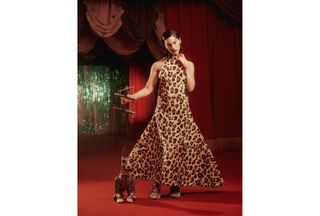
Much like these tours, tackling the demands of her career, fame, and being a 24-year-old trying to figure out who she is aren’t things Abrams can do on her own. For years, she has leaned on therapy to help her rightsize the world around her. According to the musician, her job puts her at odds with herself a lot of the time. “Here’s what I’ve found to be very interesting about being involved in the industry in any capacity, being public facing at all, and being an artist and a writer: You need really thick skin,” she begins. “It’s also this tough one where your job is to be a sensitive person and to [feel] really deeply.” Those two things don’t always fit together, and trying to make space for both is often met with more confusion. Knowing that she can rely on her therapist—a private and unbiased confidant—when those conflicts arise has made all the difference in Abrams’s life and work. “That part alone is a relief for me,” she says.
Abrams is grateful to have grown up in an environment where the topic of mental health was never taboo. In fact, she’s grateful for a lot of what preceded her ability to ask for and get help when she needs it. “I’m able to talk about it because women who have been in the public eye before me have been brave enough to speak about their mental health journeys,” she says. “I’m always, in every capacity, standing on the shoulders of somebody who’s done this before and has been brave enough to.” As a result, she feels a responsibility to pass along that same freedom to others. “Anytime I’ve experienced something really exceptionally lucky that has done good things for my brain, I want anyone who’s able to have access to that to know that it’s totally fucking normal,” says Abrams.
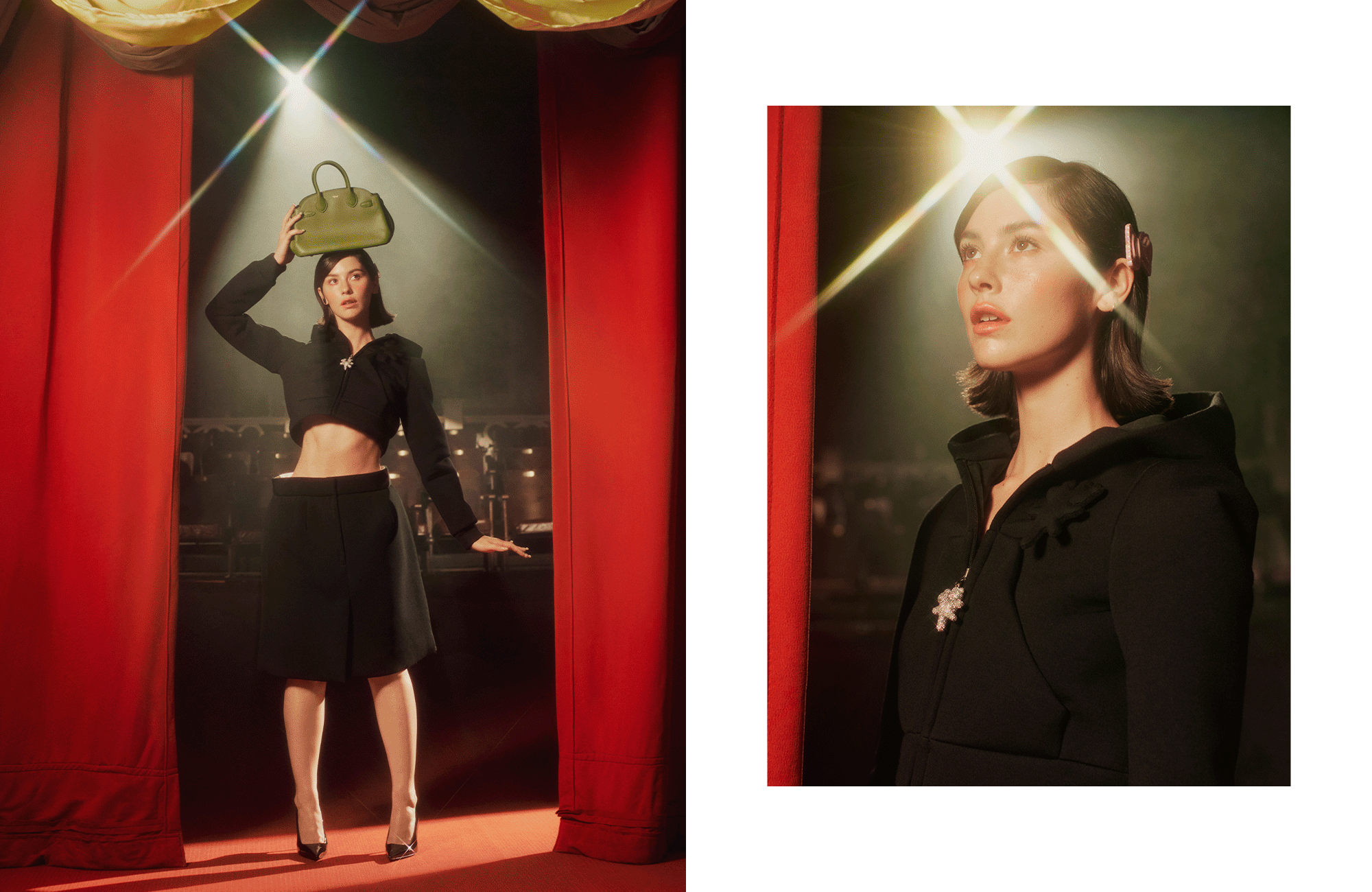
Figuring out how to navigate everything that goes along with a successful career in music is something that all of the industry’s most prolific artists have gone through. Rather than going at it alone, this generation of female pop musicians is more interested in joining forces. No longer are they competing for Spotify rankings, Instagram followers, and magazine covers. Instead, women in music today are busy being excited about the success of their fellow artists. “You just are thrilled for everyone,” Abrams says. According to her, there’s a spirit of generosity among artists that’s made her feel more comfortable going into situations that would otherwise be scary. “There are women who have been doing this for way longer than I have who are such icons, and when you see them being supportive of one another, it makes intimidating rooms feel warmer immediately,” she says. “It also doesn’t feel fake to me. When there’s real, true support, you feel the difference.”
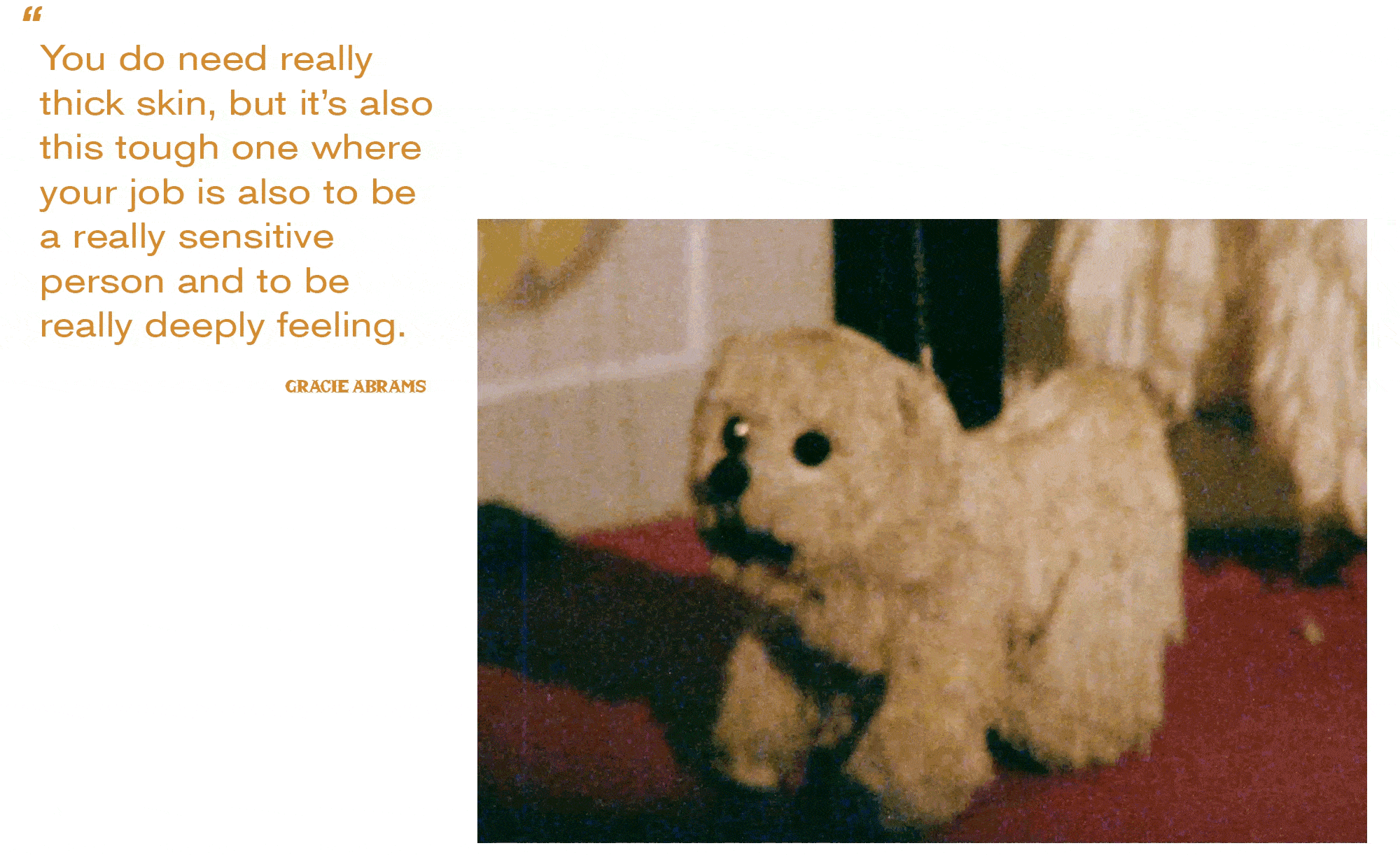
You can hear the difference too. Led primarily by female artists, pop music is on to something, and seemingly every track released in the last few months is providing listeners with exactly what they needed at just the right time. “This summer, there’s been something that’s felt oddly reminiscent of earlier days of Instagram, when it felt like the internet was more fun,” says Abrams, whose experience with social media hasn’t always been the most positive, prompting her to take regular breaks from it for long stretches of time. Primarily, Abrams credits Charli XCX for the shift. “Everyone’s actually enjoying scrolling and seeing shit,” she says.
It’s not just music. All around us, women are making it cool to have a good time—to laugh—and thus granting people a reprieve from the often overwhelming aspects of being a woman today. One name comes to mind for Abrams. “I’m really excited to vote for Kamala Harris,” she tells me. “Right now, in particular, our democracy is hanging in the balance by a thread, and it seems so obvious to do everything that we can, regardless of the size of our platform, to try to connect with people who might feel undecided.” Like many people, Abrams has been feeling optimistic ever since Harris announced her run for president. “There’s been such an amazing wave of hope that I’ve felt among our generation in terms of excitement around voting now,” she says. “I would really love to see a woman in office, and I also would really love to see someone in office who cares about us having bodily sovereignty and being able to make choices for ourselves.”
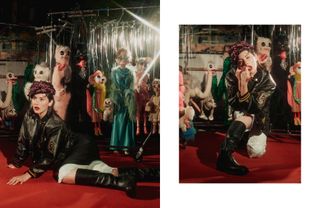
With the potential of the first female president and a female pop renaissance—not to mention the unprecedented popularity of women’s sports this year—it would be easy to tie all of these phenomena up in a pretty pink bow and call it girlhood, a trend that’s making the rounds on TikTok. It began as a fashion aesthetic and then grew into a mantra about female friendships and the unique feelings of safety and support they so often provide. For Abrams, there’s a lot more to it than what can fit in a 60-second video. “The way that people are able to capture and romanticize bonding can feel trendy, but in reality, it’s like you and I both know very well. Your female friendships are the backbone,” she says. “For me, it’s the backbone of my life.” The way that women are coming together right now—be it on a podium in Paris, on a stage in London, or at the polls in November—isn’t a trend. Abrams is quick to remind me that it’s all much larger and more significant than that, and she’s ready to play her part in the movement, using her influence to make the same kind of impact that all those aforementioned women before her did.
She wants to be a voice of encouragement to anyone struggling to open up about or seek help with their mental health and write songs that’ll make young women want to dance their slights away and, when they need it most, let out a good cry. She wants to be a welcoming presence to younger artists who fear walking into intimidating rooms and the kind of tour de force in the music industry who can bring someone onstage and make them feel like the most important person there. She wants to use her platform to raise awareness for causes that need amplification while simultaneously making social media fun again. It’s a lot to take on, yes, but at 24 years old and with a long career ahead of her, Abrams has plenty of time to check them off one by one, especially now that she’s found a voice loud enough to project these messages. If I learned one thing from our call, it’s this: Gracie Abrams is done whispering, and trust me—she’s someone you’ll want to listen to.
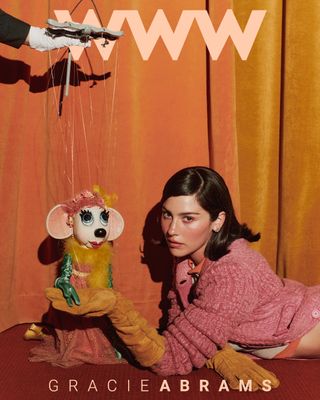
Talent: Gracie Abrams
Photographer: Daria Kobayashi Ritch at Jones MGMT
Stylist and Editorial Director: Lauren Eggertsen
Hairstylist: Bobby Eliot at The Wall Group
Makeup Artist: Emily Cheng at The Wall Group
Manicurist: Betina Goldstein at The Wall Group
Director, Video: Samuel Schultz
DP: Samuel Miron
Gaffer: Charles Schaefer
AC: Taha Sobhani
Grip: Caleb Czuszak
Video Editor: Collin Hughart
Creative Director: Alexa Wiley
Executive Director, Entertainment: Jessica Baker
Producer: Erin Corbett
Designer: Yracema Rivas
Copy Editors: Jaree Campbell, Alyson Boragno
SHOP THE LOOK

(Image credit: Who What Wear)
